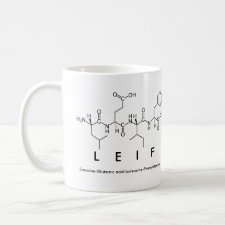
Authors: Hajizadeh S, Kettisen K, Gram M, Bülow L, Ye L
Article Title: Composite imprinted macroporous hydrogels for haemoglobin purification from cell homogenate.
Publication date: 2018
Journal: Journal of Chromatography A
Volume: 1534
Page numbers: 22-31.
DOI: 10.1016/j.chroma.2017.12.038
Alternative URL: http://www.sciencedirect.com/science/article/pii/S0021967317318368
Abstract: Purification of haemoglobin (Hb) has been studied for many years due to its ability to act as an oxygen carrier and its possible use in urgent clinical treatment. In this study, different types of chromatography columns were developed for Hb purification. Two of them showed satisfactory results as affinity chromatography columns and were thus studied more extensively. The affinity adsorbents were prepared by molecular imprinting techniques. In the first case, Pickering emulsion polymerization was used to prepare affinity adsorbents based on molecular imprinting technology. The imprinted particles were immobilized via covalent bonds on the surface of cryogel, a macroporous hydrogel produced by free radical polymerization under sub-zero temperature. In the second case, the affinity sites for Hb were formed directly on an acrylamide cryogel by protein imprinting during the cryogelation. The dynamic binding capacity of the composite cryogel with the immobilized particles and the directly imprinted acrylamide cryogel was found to be 5.2 mg/g and 3.6 mg/g, respectively. The affinity columns showed high selectivity towards Hb in spite of the presence of serum albumin as well as other interfering substances in non-clarified cell homogenates. The maximum capacity in batch mode, the fluid flow and other physical and chemical properties of these columns were investigated
Template and target information: protein, haemoglobin, Hb
Author keywords: affinity chromatography, Composite cryogel, Pickering emulsion polymerization, molecularly imprinting polymer, Haemoglobin purification



Join the Society for Molecular Imprinting

New items RSS feed
Sign-up for e-mail updates:
Choose between receiving an occasional newsletter or more frequent e-mail alerts.
Click here to go to the sign-up page.
Is your name elemental or peptidic? Enter your name and find out by clicking either of the buttons below!
Other products you may like:
 MIPdatabase
MIPdatabase









